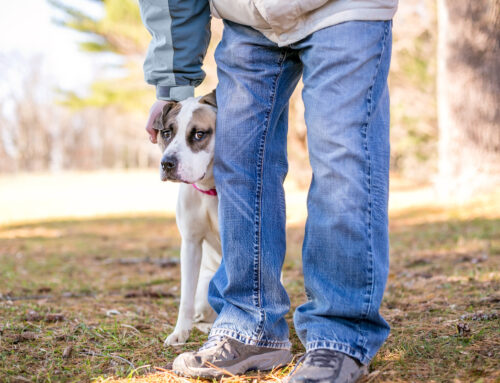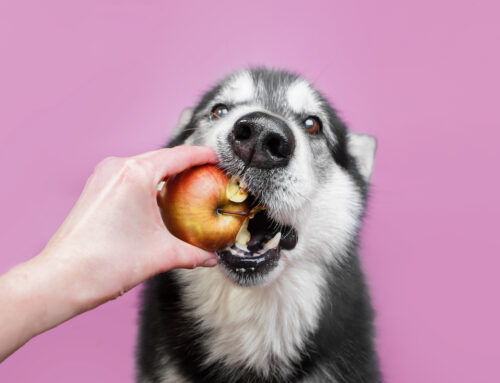It is always best to be prepared. Especially for the unexpected things in life. Most people have some sort of a first aid kit in their house. Whether it is bandages, antibacterial medicine, hydrogen peroxide, or pain-relieving medication, most situations can be easily handled at home. Especially if a household has kids, they are more likely to be prepared for situations. Some parts of a first aid kit aren’t supplies, but rather a form of knowledge. For example, the basic knowledge of CPR can be the difference between life or death at times. If you own a pet, it is important to be prepared in case they need special medical attention.
Pets can get themselves into dangerous situations and if left untreated, minor problems can become major issues. Pet first aid is different than human first aid because the medicine we use can be dangerous to them. First aid for your pet should always be followed by immediate veterinary care.
Do You Know What To Do If Your…
- …dog is overheating on a hot summer day?
- …cat has a seizure in front of you?
- …puppy eats a bar of dark chocolate?
- …senior dog falls down the stairs and started limping?
To avoid panicking or feeling helpless, it is important to know what to do in these situations. The Red Cross offers an online course if you want to learn more about a variety of pet first aid topics. We have outlined some simple steps you can take in situations to give your pet a healthy and wonderful quality of life.
The first aid listed in this article is focused primarily on dog and cat well being. The first aid for other pets may vary, contact your veterinarian to see what is best for your pet.
Basic First Aid Procedures
- Muzzle your pet: Although your pet may have a sweet and docile temperament, things can change when they are scared or in pain. Your veterinarian can teach you how to make a simple muzzle out of gauze so you don’t harm or endanger them more.
- Regarding wounds, press a clean, thick gauze pad over any wounds: Keep pressure over the wound for a minimum of three minutes before checking to see if the blood has begun clotting.
- Keep your pet calm: If you start to freak out, then they will react and it will be harder to keep control of the situation.
- For broken bones, use a flat surface: This can be a board or a stretcher, to transport the pet from place to place. It is also helpful to secure the pet with a towel or blanket on the surface
- Call your veterinarian: when in doubt, call your vet! We are here to help. In some cases, we can help over the phone with step by step instructions to keep them safe and healthy until we can help them in person.
Supplies for Your First Aid Kit
Here is a list of basic supplies that can be a game-changer in desperate situations:
- Cotton swabs or cotton balls
- Alcohol swabs
- Latex gloves
- Small flashlight
- Sterile gauze pads and bandages
- Tweezers
- Blanket, muzzle, carrier, and leash
- Water
- Copy of rabies records
- Copy of other medical records
We know your pets are a member of the family and you want to keep them safe and healthy. At the Animal Care Center, we care about keeping your pets safe too. If you are unsure what to do, give us a call. If your pet received first aid care, it is best to follow up with a vet to ensure they are safe and taken care of.






